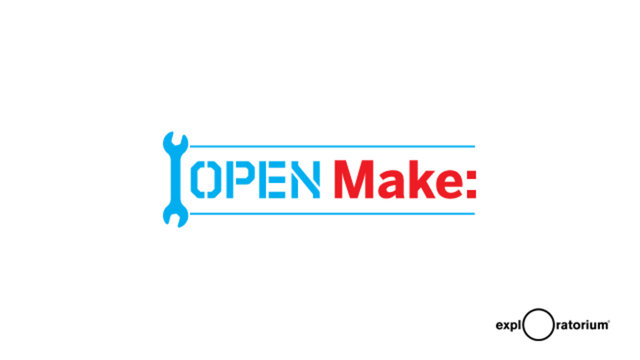- David Wessel’s IRCAM
- Organized Entanglement: Fiber and Textile Arts, Science and Engineering
- Managing Complexity with Explicit Mapping of Gestures to Sound Control with OSC
- Notations for Performative Electronics: the case of the CMOS Varactor
- A Synthesizable Hybrid VCO using SkyWater 130nm Standard-Cell Multiplexers
- A Recipe using OSC Messages
- Birds of the East Bay 2020
- Exercising the odot language in Graphics Animation Applications
- C++ container output stream header file
- Programming
Exploratorium Demo 2010
Experimental, Portable eTextile Electronics Lab 2010
Thu, 02/25/2010 - 21:37 — AdrianFreed
Now that I have assembled one of the largest collection of e-textile materials and associated tools I am trying to figure out the smallest winning subset that can form a portable lab.
eTextile Pressure Sensing Touch Pad
Tue, 02/23/2010 - 19:15 — AdrianFreed
These are built by sandwiching a piece of porous, spacing fabric (e.g. tulle) between two sheets of piezoresistive fabrics (from Eeonyx). For the square pad depicted below rectangular sheets are placed at right angles and wrap around the frame. On the inside they are stapled to a conductive strip on each edge. The four edges are wired to the analog inputs of a suitable microcontroller, e.g.
Two Way Fabric Leaf Switch
Tue, 02/23/2010 - 18:59 — AdrianFreed- AdrianFreed's blog
- Login or register to post comments
Pressure Sensing Ball using eeontex Resistive spandex
Tue, 02/23/2010 - 18:55 — AdrianFreed
A hard ball is surrounded by crumpled resistive fabric (nylon and spande)x and trapped by a round ball of silicone with holes in it. Sensing in various orientations is achieved by wrapping conductors between the holes of the silicon ball.
- AdrianFreed's blog
- Login or register to post comments
Fabric Slide Potentiometer
Tue, 02/23/2010 - 18:50 — AdrianFreed
A loop of conductive thread is sewn on either side of the base fabric under the flaps. An inverted toggle from a clasp for jeans is used to short each conductor lowering the resistance of the loop.
Young Makers OPENMAKE event at the SF Exploratorium
Tue, 02/23/2010 - 15:30 — AdrianFreed
I showed e-textile wearables, some of my materials collection and many soft circuits including
musical instruments. The wearable theme continues for the month of March. You can see many of the things I showed as part of an exhibit that includes great works from local wearables artist Grace Kim, Hannah Perner-Wilson, and Leah Buechley.
Location:
San Francisco Exploratorium
etextile Leaf Switch with Iron-on hot melt adhesive
Tue, 02/23/2010 - 14:55 — AdrianFreed
Iron on a small strip of the copper fabric to a non-conductive base.
Cut the fabric, and fold over a small section and iron it to itself creating a small flap.
Attach another piece of fabric, and iron it close enough to come in contact with the small flap.
- AdrianFreed's blog
- Login or register to post comments
Soft Circuit LED paper lamp
Tue, 02/23/2010 - 13:32 — AdrianFreed
This simple-to-build lamp uses a flexible LED strip with both back and front firing surface mount LED's to create rich interactions with both paper and the surface the lamp is placed on.
The back firing yellow LED's are diffused by the paper. Light from the rear firing red LED's is scattered and illuminates the water mark thru the paper. Direct and scattered light interacts at the edges of the cylinder.
A gap in the plastic tape holding the tube together create a slit of light projected behind the lamp.
- AdrianFreed's blog
- Login or register to post comments
- Read more
FSR demonstrator
Tue, 02/23/2010 - 13:01 — AdrianFreed
This demonstrator demonstrates force sensing resistance. It is made on adapting a sample (obtainable as a business card) from Sensitronics. Conductive copper plated fabric tape holds the coin cell down and
provides connections to the silver ink on the mylar film. A gull wing led is taped in series with the FSR and coin cell to illustrate current flow when the black flap of piezoresistive polymer ink is pressed down onto the interdigitated conductive array.
Woven Conductor Switch Appliqué
Tue, 02/23/2010 - 12:50 — AdrianFreed
There is a hole in the felt between the vertical and conductive strips. The conductors are secured in this small example by hot melt adhesive.
- AdrianFreed's blog
- Login or register to post comments





















